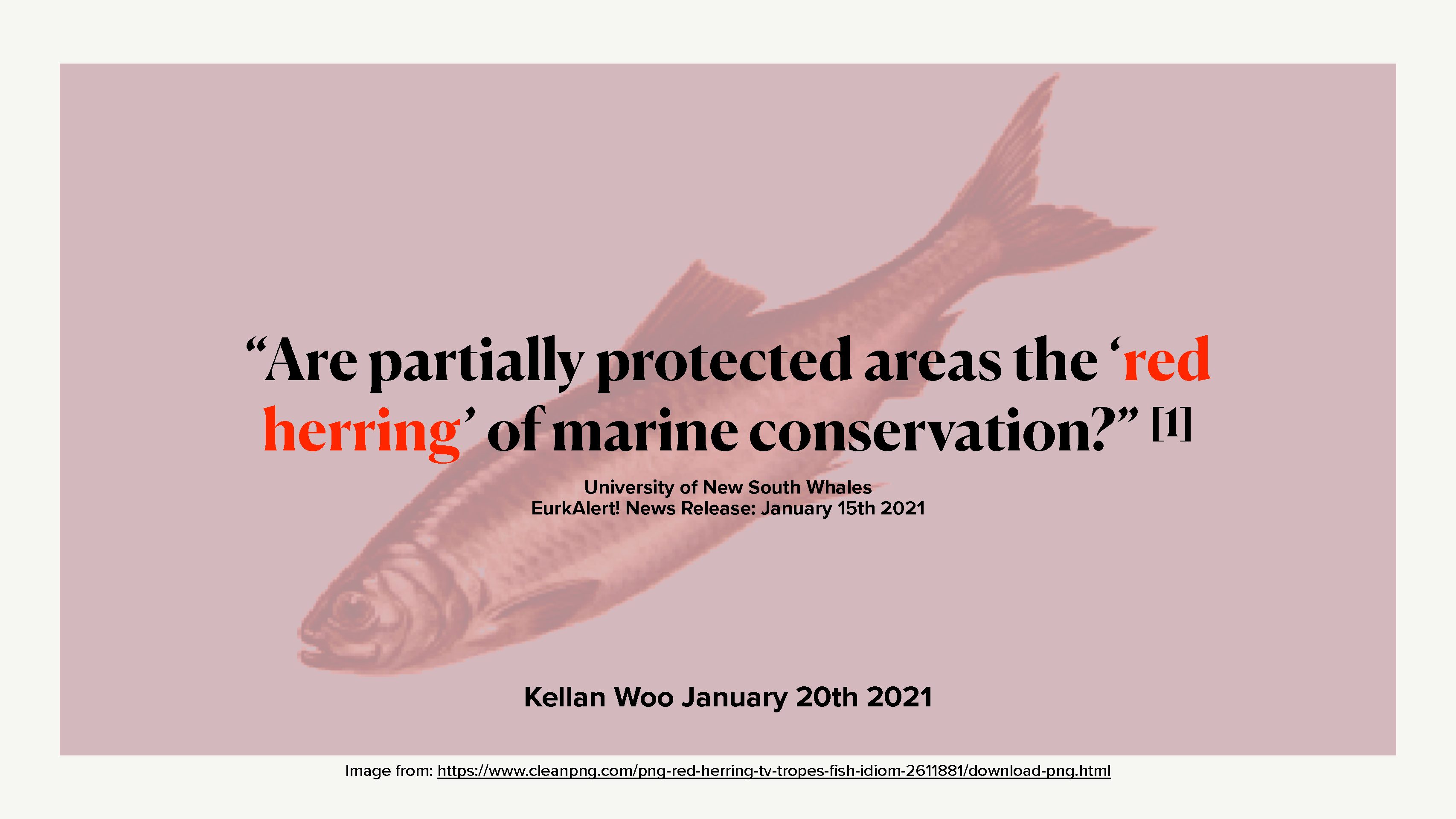When it comes to protecting the marine environment and the ocean’s fisheries, MPA’s or marine protected areas commonly come to mind. Within the term of MPA, there is a vast range of subtypes with varying degrees of protection and regulation.

A coalition of 50 countries has promised to protect 30 percent to protect the land and sea in the next 10 years. And according to a study published in 2004, it would cost between 5 and 19 billion dollars annually to achieve this goal. This range heavily depends on the degree of protection in which is afforded to these protected areas. Therefore a question that comes to mind is whether or not the cheaper less intensive protection regimens will be effective enough to make an impact on recovering wildstock. A University of New South Wales study led by John Turball and a team of researchers evaluated the social and ecological effectiveness of partially protected marine areas.

Contrary to what was previously assumed about partial protection; that some protection is better than no protection, the researchers found no difference in fish, algae, or invertebrate abundance and diversity when compared to open unprotected regions. Furthermore, through interviews and observation they found no social benefits (as in human-use, perception, and value) in comparison to regions unprotected. It was only when the researchers analyzed fully protected marine areas did they observe increases in fish diversity, abundance, and mean size.

Moreso, interviews of 439 respondents found that 92 percent of people supported the strict protective measures of a wholly protected area. Therefore bucking the assumptions that fully protected MPA’s were socially unwelcome.

These protected regions not only had strong public support but also hosted two times the divers and three times the snorkelers. Thus, indicating an increase in non-destructive recreational activity and social value.

Only three percent of the Australian government’s proposed plan for MPA’s includes bans on fishing. Therefore 97 percent of the regulated regions may not even provide the expected benefits. The researchers reflect upon the recent general global trends for protected areas, whether they be on land or sea, that indicated reductions in area and regulation. The solution to increase the area of low regulated MPA’s was dubbed by John Turball as a “red herring” as the planned protected sanctuary zones were misleading and were unlikely to do much in regards to social and ecological effectiveness. A restructuring of function and refocusing of funds may prove more useful and cost effective. The researchers conclude that in order for MPA’s to result in a “return investment” it is more important to have high quality MPA’s over an abundance of poorly regulated areas.
Professor Johnston, a co-author of the aforementioned study, was adamant to disavow the claims that the paper aimed to dishearten conservation efforts. Rather she suggested that this study shone a light on the true value of conservation efforts and it may act as a framework for law/policy makers to evaluate whether their form of conservation was adequate for its intended purpose. Johnston stated that inorder to truly protect the planet, findings on partially protected areas should be released publicly. Therefore if they are failing to provide social benefit and ecological relief, existing regions should be upgraded to a level which is known to work.

